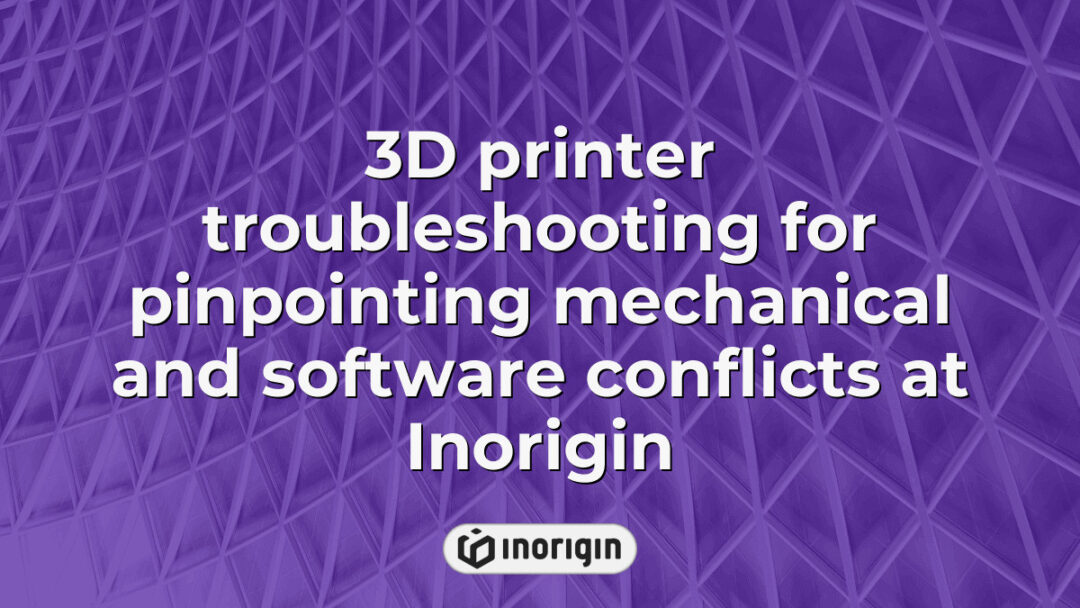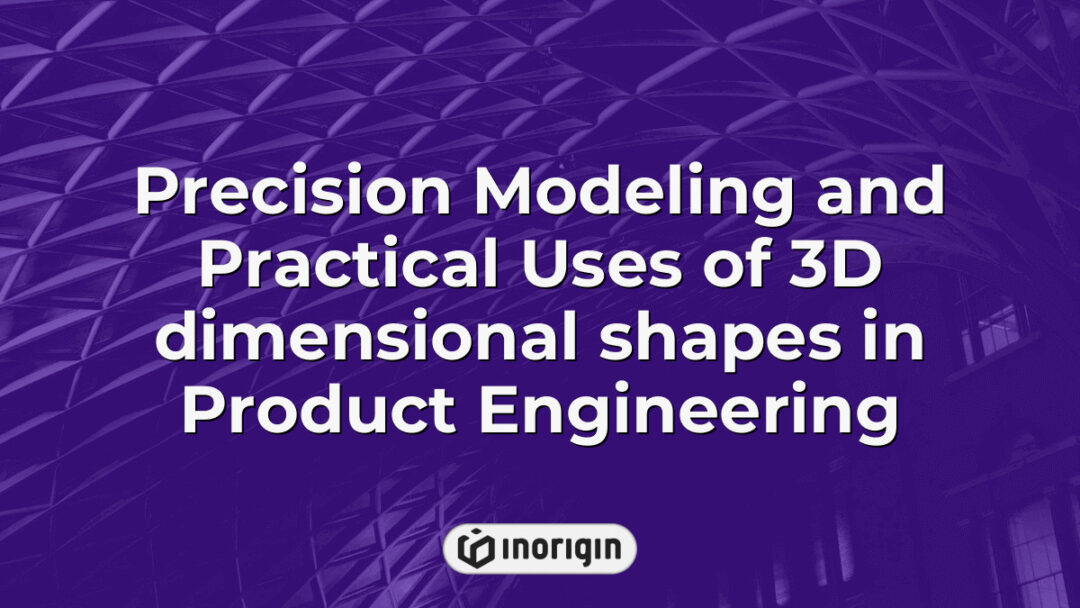In the rapidly evolving realm of additive manufacturing, 3D printers emerge as modern-day wizards, conjuring intricate designs from the ether of digital models. However, when these mechanical artisans falter, they can transform into capricious tricksters, leaving creators frustrated and projects stagnant. This article delves into the labyrinthine challenges of 3D printing, illuminating common pitfalls and providing structured troubleshooting strategies to restore harmony to the printing process. By dissecting the underlying issues that plague these ingenious machines, one can unlock the secrets to achieving consistent and successful prints, ensuring that creativity flows as seamlessly as the filament from the extruder.
| Aspect | Key Takeaway |
|---|---|
| 3D Printer Troubleshooting Fundamentals | Effective 3D printer troubleshooting begins with diagnosing common issues such as inconsistent layer adhesion and filament clogs, often caused by improper temperature or bed leveling. |
| Component Calibration | Precisely calibrating the extruder gear and print bed is critical for achieving consistent filament flow and superior print quality in advanced manufacturing environments. |
| Optimizing Print Settings | Adjusting layer height, extrusion multiplier, and bed temperature can significantly improve output, ensuring robust product prototypes and reducing the risk of print failures. |
| Resolving Hardware and Software Conflicts | Systematic examination of hardware-software interactions enhances printing performance by preventing communication errors and mechanical misalignments. |
| Maintenance Best Practices | Regular cleaning of nozzles and calibration of components, combined with controlling environmental conditions, extends printer life and maintains peak operation. |
| Filament Material Considerations | Understanding the specific troubleshooting needs of PLA, ABS, and Nylon filaments enables tailored approaches, ensuring optimal handling and print outcomes. |
| Ideal Environmental Conditions | Maintaining room temperature between 20-30°C and humidity around 40-60% minimizes material degradation and print defects, supporting consistent manufacturing quality. |
Diagnosing Common 3D Printing Issues
Diagnosing common 3D printing issues often feels like piecing together a complex puzzle, where each misaligned part can lead to significant frustration. The process of troubleshooting requires a keen eye to identify problems that disrupt the smooth operation of the printer. For instance, concerning factors such as inconsistent layer adhesion or filament clogs can result in failed prints; these problems might stem from issues like incorrect temperature settings or inadequate bed leveling. A systematic approach emerges as essential, beginning with the examination of hardware components followed by adjustments to print settings. Notably, examining the filament quality is also critical; poor material can lead to suboptimal results and exacerbate existing troubles, leading to wasted time and resources. Tracking the specific symptoms helps isolate the cause, and each identified issue lays the groundwork for further exploration into effective solutions. Consequently, a methodical strategy in addressing 3D printing issues not only aids in recovery from failures but also enhances understanding of the machine and its operation.
Calibrating Your 3D Printer Components
Calibrating the components of a 3D printer is fundamentally significant for ensuring the optimal operation of the machine. This calibration process often centres around key elements such as the extruder gear and the print bed, both of which play critical roles in print quality. An improperly calibrated extruder gear can lead to inconsistent filament flow, resulting in separated layers in a print, which can compromise the integrity of the object being produced. When addressing these issues, the following steps can be beneficial:
- Adjusting the Extruder Gear
- Ensure the gear is clean and free of debris
- Verify the tension on the gear is adequate to grip the filament without slipping
- Leveling the Print Bed
- Utilize a piece of paper to assess the distance between the nozzle and the bed
- Calibrate each corner of the bed individually, taking care to adjust the central point afterwards
Effective calibration addresses not only the extruder’s performance but also the overall quality of the prints produced by the machine. As issues with print quality often stem from a combination of incorrect settings and mechanical misalignments, meticulous attention to detail is imperative during this calibration phase. Failure to acknowledge these parameters may result in prints that suffer from poor adhesion or structural weaknesses, ultimately leading to frustration and limited success in 3D printing endeavours. The cyclical relationship between calibration and print quality highlights the necessity for continual assessment and adjustment of printer components in order to achieve reliable and high-quality results across various projects.
Optimizing Print Settings for Better Results
To illustrate the importance of optimizing print settings, consider a case where a user frequently encountered adhesion problems with ABS filament during 3D printing. Initially, many assumed that this issue stemmed from hardware malfunctions, yet careful examination revealed that suboptimal print settings were at the heart of the matter. Consequently, several adjustments were made, involving the calibration of the printer’s nozzle temperature, bed temperature, and print speed, which ultimately improved the quality of the finished product. This case exemplifies the significance of addressing software settings when solving 3D printing problems.
In practice, optimizing print settings encompasses a variety of factors. First and foremost, adjusting the layer height can significantly influence the detail level and time required for printing. In tandem, increasing the extrusion multiplier can enhance material flow during the printing process, thereby rectifying issues related to under-extrusion. Furthermore, the role of bed adhesion cannot be overstated; utilising adhesive aids like glue sticks or specific print surfaces often alleviates common issues. Hence, recognizing the interconnection between parameters facilitates a more systematic approach to troubleshooting.
Ultimately, a meticulous approach towards print settings yields better results and can transform the 3D printing experience from frustrating to efficient. When users actively engage in refining these elements, it not only mitigates problems but fosters a deeper understanding of the printing process itself, paving the way for innovation and creativity in various applications. With the right strategies in place, even seasoned users may find opportunities to enhance their output quality, thus making optimization not merely a necessity but an avenue for growth in the realm of 3D printing.
Resolving Hardware and Software Conflicts
The resolution of hardware and software conflicts within 3D printers can significantly enhance overall printing performance. First, recognizing the potential interactions between various components is crucial; for example, a malfunctioning driver might hinder communication between the printer and the slicing software, leading to misprints or failed jobs. Consequently, troubleshooting begins with a methodical examination of the filament path, ensuring that the material flows smoothly without obstructions. Secondly, calibration of both the hardware components—such as the extruder and print bed—and the software settings is necessary to achieve the desired results. Each component must work in synergy to resolve issues that adversely affect print quality. Attention to detail is essential; even slight misalignments can result in defects, while correct configuration helps in optimising the operation of the device. Following these guidelines not only facilitates effective troubleshooting but also contributes to a more efficient 3D printing process, leading to superior outcomes.
Maintaining Your 3D Printer for Longevity
Maintaining a 3D printer for longevity encompasses various practices that reduce the likelihood of common problems, such as nozzle clogs, which can significantly hinder the printing process. Regular cleaning of the nozzle is essential; buildup from diverse filament materials can lead to major clogging issues, ultimately affecting print quality. In addition, ensuring that the printer’s extruder gears are free from debris contributes to smooth operation, allowing consistent filament flow. Keeping the printer in a stable environment—free from excess humidity and temperature fluctuations—also plays a role in preventing material degradation, which can further exacerbate printing problems. Furthermore, periodic calibration of the printer not only enhances precision but also mitigates the risk of improper alignment that can lead to increased wear on components. Ultimately, consistent maintenance routines are indispensable for ensuring that a 3D printer operates efficiently and effectively, thus prolonging its lifespan and optimising print outcomes.
Frequently Asked Questions
What are the most common types of filament and their specific troubleshooting needs?
3D printing technology employs various types of filament, each presenting a unique set of characteristics and potential troubleshooting needs. Common filament types include Polylactic Acid (PLA), Acrylonitrile Butadiene Styrene (ABS), and Nylon, with each material offering distinct benefits and challenges. For instance, PLA is often lauded for its ease of use and minimal warping properties, yet it can present issues such as poor adhesion to the print bed and brittleness, particularly in print environments with fluctuating temperatures. Conversely, ABS, whilst strong and heat-resistant, is notorious for warping and releasing fumes during printing, necessitating proper ventilation and often, a heated enclosure to maintain optimal conditions. Next, Nylon is celebrated for its flexibility and durability, but issues such as excessive stringing during printing and a tendency to absorb moisture make it more challenging to work with, requiring careful storage and drying techniques. Each filament type embodies specific troubleshooting considerations that are integral for achieving successful prints; thus, understanding these nuances is essential for operators aiming to optimise their 3D printing experience. The interplay of material properties and environmental factors necessitates a thoughtful approach to troubleshooting, reinforcing the necessity of familiarity with both the filament and the printer’s settings.
How can I identify the ideal room conditions for 3D printing?
Identifying ideal room conditions for 3D printing is crucial for optimising print quality and minimising errors. The thermal environment must be carefully controlled, as fluctuations in temperature can lead to issues such as warping or layer adhesion problems. Ambient temperature should ideally range between 20 to 30 degrees Celsius; higher or lower temperatures may result in inconsistent extrusion and poor layer bonding. In tandem with temperature, humidity levels also warrant consideration; an optimal relative humidity of around 40 to 60 percent is recommended. Excess moisture in the air can absorb into filament, thus causing nozzle clogs and print defects. Furthermore, ventilation plays a significant role; adequate airflow prevents the accumulation of potentially harmful fumes while maintaining a stable temperature. It is also worth taking into account the workspace’s cleanliness; dust and debris can interfere with both printer mechanics and filament quality. Collectively, these factors should inform an effective setup to mitigate common printing challenges.
What are the signs of a failing printer part and when should they be replaced?
Numerous studies indicate that as much as 20% of 3D printers experience operational failures due to wear and tear on printer parts, underscoring the significance of recognizing signs of impending failure to maintain printing efficiency. The identification of deteriorating components is crucial, particularly in preventing catastrophic failures which could lead to costly repairs or even complete replacement of the printer itself. Signs of a failing printer part can manifest in various forms, including inconsistent layer adhesion, erratic movement of the print head, or unusual noises during operation. When considering the implications of these signs, it is essential to weigh the emotional ramifications for users:
- The costs associated with a failing printer part can be considerable:
- Repair costs can fluctuate from a modest amount for minor issues to significant expenditures for extensive damage.
- Replacement parts may not only strain the budget but also lead to extended downtimes.
- The frustration experienced when persistent issues hinder a project can be overwhelming:
- Time lost in troubleshooting could have been spent on advancing designs or fulfilling customer demands.
- Disappointment from failed prints might dissuade enthusiasts from continuing their 3D printing journey.
Addressing these challenges requires awareness of when to assess and replace printer parts, with indications ranging from gradual performance degradation to sudden malfunctions. Promptly replacing faulty components can not only enhance print quality but also prolong the printer’s overall lifespan. Recognising these telltale signs is essential for ensuring a seamless printing experience, therefore emphasising the need for regular maintenance as an essential part of 3D printing practice.
Conclusion
The intricate dance of gears and filaments in 3D printing symbolizes the harmony required for successful printing endeavors. By diagnosing issues, calibrating components, optimizing settings, resolving conflicts, and maintaining equipment, a robust foundation emerges. Ultimately, this diligent attention to detail transforms the chaotic potential of raw materials into enduring, tangible creations.
Related posts:
- 3D print not sticking to bed Solutions from Inorigin’s Advanced 3D Printing Studio
- Achieving Consistent Precision with 3D Printer Calibration at Inorigin
- Advanced 3D Print Filament Properties and Sustainable Options for Precision Prototyping
- Filament 3D Printer Advantages for Precision Engineering and Advanced Product Design
- Ender 3 V2 Performance and Upgrade Guide from Inorigin’s 3D Printing Studio
- TPU 3D Printer Filament Performance and Compatibility in Advanced Product Design




